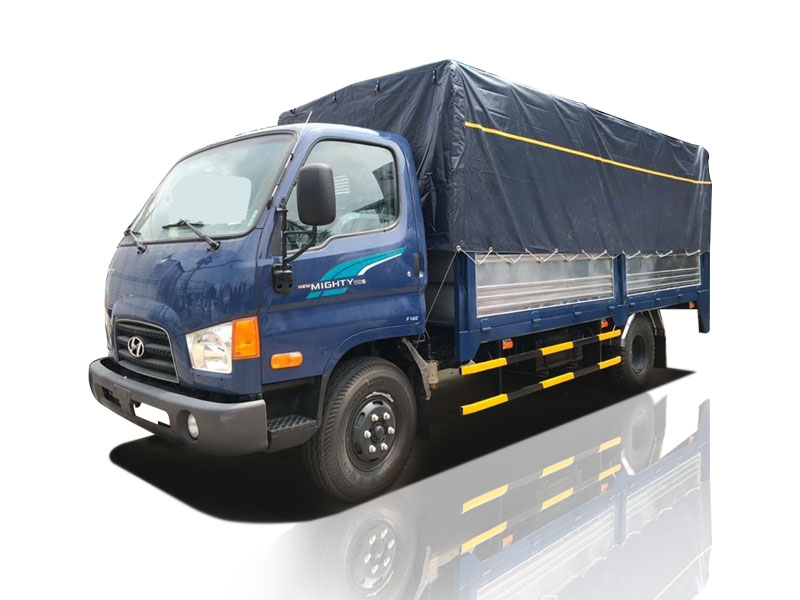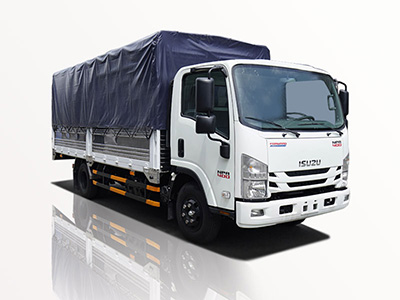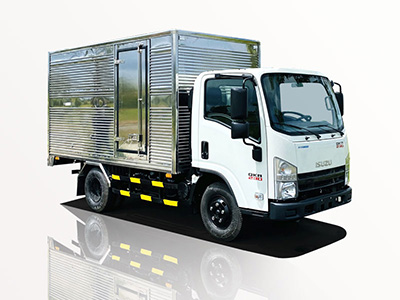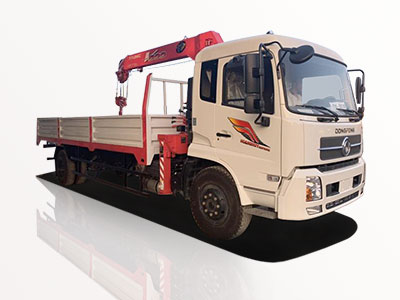In the world of emergency medical services, access and mobility can mean the difference between life and death. As natural disasters, rough terrain, and rural locations become more common challenges for responders, the need for specialized vehicles has never been more critical. Enter the 4 wheel drive ambulance, a vehicle designed to navigate the toughest landscapes while maintaining medical care standards. This article dives into the significance, features, advantages, and practicalities of 4 wheel drive ambulances to showcase their essential role in emergency medical services.
Understanding 4 Wheel Drive (4WD) Ambulances
What is a 4 Wheel Drive Ambulance?
A 4 wheel drive ambulance is a type of emergency vehicle equipped with four-wheel drive capabilities, allowing it to traverse rugged terrains that standard ambulances cannot. This capability is particularly crucial during emergencies in off-road situations, such as accidents on mountain roads or during natural disasters when regular routes are blocked.
The Importance of 4WD in Emergency Medical Services
Ambulances equipped with 4WD are capable of reaching patients in a variety of challenging environments, including:
- Rural Areas: Many rural locations lack paved roads or may experience flooding, making 4WD essential.
- Mountainous Regions: Steep grades and rocky paths can impede access, but 4WD vehicles can navigate these obstacles efficiently.
- Disaster Zones: Natural disasters such as hurricanes and earthquakes can render roads impassable for standard vehicles. 4WD ambulances can maneuver through debris.
Key Features of 4 Wheel Drive Ambulances
Enhanced Traction Control
The most significant feature of a 4WD ambulance is its enhanced traction control. This system allows vehicles to distribute power to all four wheels, providing better grip on slippery or uneven surfaces. Advanced traction control systems can automatically adjust to the conditions, improving safety for both patients and paramedics.
Off-Road Capabilities
4WD ambulances are typically built on robust chassis designed for harsh conditions. These vehicles often feature:
- Higher Ground Clearance: Helps to avoid obstacles on uneven terrain.
- Skid Plates: Protect the undercarriage from rocks and debris.
- Reinforced Suspension: Supports heavy loads and offers stability.
Advanced Communication Equipment
Being out in the field often means being far from conventional communication systems. 4WD ambulances are equipped with state-of-the-art communication devices enabling uninterrupted contact with dispatch and hospitals. This feature ensures real-time updates on patient status and route conditions ensuring timely medical responses.
Medical Equipment Storage
Due to their specialized design, 4 wheel drive ambulances provide ample space for medical equipment, including:
- Defibrillators
- Ventilators
- Advanced monitoring systems
Advantages of 4 Wheel Drive Ambulances
Increased Accessibility
One of the most notable advantages of 4WD ambulances is their ability to reach patients in areas where traditional ambulances would be unable to go. This can significantly reduce response times in emergencies, saving lives.
Enhanced Safety for Staff and Patients
With better traction and control, 4WD ambulances minimize the risks of accidents, especially in rugged terrains. This safety extends to the patient being transported, as the risks of jarring motions during transport are reduced.
Reduced Vehicle Wear and Tear
Due to their robust design, 4WD ambulances are more durable when faced with challenging environments. This reduced wear and tear can lead to lower maintenance costs compared to standard ambulances.
Challenges of Implementing 4WD Ambulances
Higher Initial Costs
The advanced technology and specialized features of a 4WD ambulance translate to higher purchase prices compared to standard models. This initial investment can be a barrier for some emergency services, especially in budget-constrained regions.
Training Requirements
Operating a 4 wheel drive ambulance requires specific training. Staff must be familiar with the vehicle’s unique handling characteristics and its advanced medical equipment. Ongoing training is essential to maintain proficiency for paramedics operating these vehicles.
Practical Examples of 4 Wheel Drive Ambulances in Action
Case Study: Rural Emergency Responses
In rural areas of Montana, 4WD ambulances have been used effectively to provide rapid response times during winter storms. Emergency medical services have reported a 30% increase in reach and response in areas previously deemed too remote for timely medical assistance.
Case Study: Natural Disasters
After Hurricane Katrina, the demand for 4 wheel drive ambulances skyrocketed. Many regions were entirely flooded, making traditional emergency services ineffective. 4WD ambulances played a crucial role in transporting both patients and aid workers to stranded populations.
Cost Considerations for 4WD Ambulances
Initial Investment vs. Long-Term Savings
While the upfront cost of acquiring a 4 wheel drive ambulance is notably higher, case studies suggest that long-term savings in maintenance and efficiency can offset these costs. An analysis of operational budgets indicates that regions investing in 4WD capabilities often report lower annual spending on repairs and a decrease in accident-related costs.
Funding Options for Emergency Services
| Funding Source | Description | Potential Amount |
|---|---|---|
| Federal Grants | Various federal agencies provide grants for emergency response upgrades. | $10,000 – $100,000 |
| Local Government Funding | Municipal budgets may include allocations for emergency service enhancements. | $5,000 – $50,000 |
| Private Donations | Local charities or businesses may contribute funds for ambulances. | Varies greatly |
Tips for Maximizing Efficiency with 4WD Ambulances
Regular Maintenance Checks
Ensure that a regular maintenance schedule is in place to keep the ambulance in optimal condition. This includes checking the 4WD system, brakes, suspension, and communication equipment. Regular inspections can prevent breakdowns during emergencies.
Training for Staff
Implement comprehensive training programs for all ambulance personnel, focusing on the specifics of 4WD operation and the medical equipment onboard. Mock drills in various terrains can help staff become familiar with vehicle handling under pressure.
Community Engagement
Engage with the community to create awareness of the importance of 4 wheel drive ambulances. Collaboration can improve response times and increase the chances of obtaining funding or support for additional or upgraded vehicles.
Future Trends in 4WD Ambulance Technology
Adoption of Electric 4WD Ambulances
The future of 4WD ambulances is paving the way for electric models, which can offer environmental benefits and potentially lower long-term operational costs. Electric 4WD ambulances are being tested in regions where emissions are a major concern.
Integration of Advanced Navigational Systems
As technology advances, ambulances are likely to incorporate better navigational systems. Features such as GPS tracking integrated with real-time traffic conditions can optimize routes for faster response times.
Telemedicine Integration
Expect to see more 4WD ambulances equipped with telemedicine capabilities, allowing paramedics to consult specialists en route, thus enhancing patient care and facilitating quicker decision-making.
Frequently Asked Questions (FAQ)
How does a 4 wheel drive ambulance differ from a standard ambulance?
A 4WD ambulance is equipped with features that allow it to navigate difficult terrains, while standard ambulances are primarily designed for paved roads. This includes enhanced traction, off-road capabilities, and stronger chassis.
Are 4 wheel drive ambulances more expensive to maintain?
Despite a higher initial purchase price, many operators find that 4 wheel drive ambulances require lower long-term maintenance costs due to their durable construction, as they are built to withstand harsh conditions.
Can 4WD ambulances operate in urban settings?
Yes, while 4WD ambulances are particularly beneficial in rural or off-road scenarios, they can also be used in urban settings. Their enhanced features can help navigate through traffic or deal with urban obstacles effectively.
What kind of training is required for paramedics operating 4WD ambulances?
Paramedics should undergo specialized training focusing on vehicle operations, terrain navigation, and safety procedures unique to 4WD ambulances. Regular refresher courses are advisable.
What impact do 4WD ambulances have on patient outcomes?
By improving access to emergency medical services in challenging terrains, 4WD ambulances can significantly reduce response times, thereby improving patient outcomes and survival rates in emergencies.
Are there any downsides to using 4WD ambulances?
The main downsides include the higher initial costs and the need for specialized training. However, many emergency services find that the benefits outweigh these challenges.



